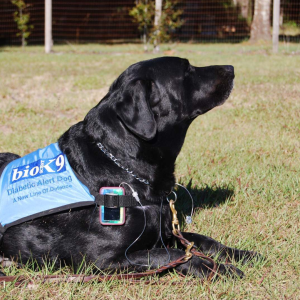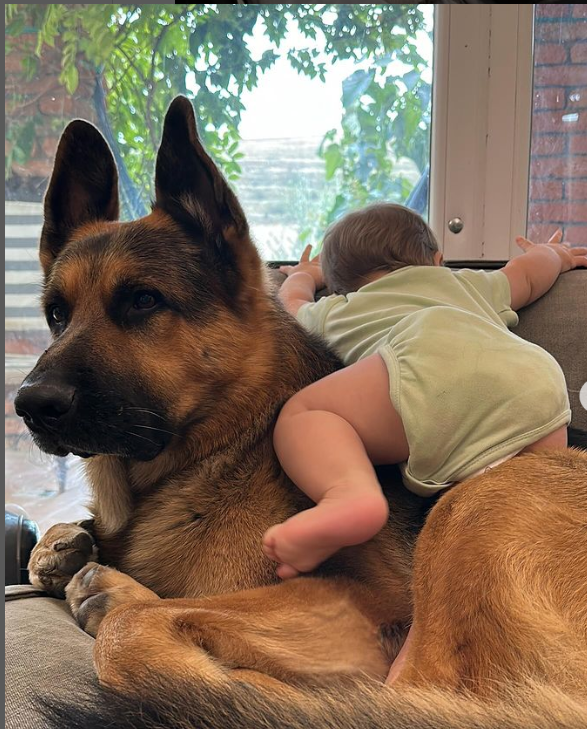How to Train Your Dog to Detect Low Blood Sugar
Dogs have an incredible sense of smell, and they can be trained to detect a wide variety of scents, including the scent of low blood sugar. This can be a lifesaver for people with diabetes, as it can alert them to a potential hypoglycemic event before they experience any symptoms.
Training a dog to detect low blood sugar is a complex process, but it is possible to do it yourself with patience and dedication. This blog post will provide you with a comprehensive guide on how to train your dog to detect low blood sugar, from the basics of scent training to more advanced concepts.
What is low blood sugar detection?
Low blood sugar detection is the ability of a dog to identify the scent of low blood sugar in a person. This scent is caused by changes in the body’s metabolism when blood sugar levels drop too low. Dogs can be trained to detect this scent and alert their owners to a potential hypoglycemic event.

How do dogs detect low blood sugar?
Dogs have a much stronger sense of smell than humans. They have millions of olfactory receptors in their noses, which allow them to detect even the slightest changes in scent. When a person’s blood sugar drops too low, their body releases certain chemicals into the bloodstream. These chemicals have a distinct odor that dogs can detect.
Benefits of training your dog to detect low blood sugar
There are many benefits to training your dog to see low blood sugar. These include:
- Early warning: Dogs can detect low blood sugar before a person experiences any symptoms. This can give the person time to take corrective action, such as eating or drinking something sugary.
- Peace of mind: Knowing that your dog is there to alert you to a potential hypoglycemic event can give you peace of mind. This is especially important if you live alone or have other medical conditions that make it challenging to recognize the symptoms of hypoglycemia.
- Independence: Dogs can help people with diabetes to maintain a more independent lifestyle. By alerting their owners to low blood sugar, dogs can help them to avoid hypoglycemic events and to manage their diabetes more effectively.

Who can train their dog to detect low blood sugar?
Anyone can train their dog to detect low blood sugar, regardless of their experience with dog training. However, it is essential to be patient and dedicated, as this type of training can take several months or even years to complete.
![]()
![]()
![]()
How to train your dog to detect low blood sugar
Step 1: Collect scent samples
The first step in training your dog to detect low blood sugar is to collect scent samples. You can do this by collecting a sample of your saliva when your blood sugar is low. To do this, spit it into a clean container and freeze it immediately.
Step 2: Teach your dog to associate the scent with a reward
Once you have collected scent samples, you need to teach your dog to associate the scent with a reward. To do this:
- Start by placing a small amount of scent in a porous container, such as a cardboard box or a coffee filter.
- Give your dog a treat and let them sniff the container.
- Repeat this process several times until your dog is excited to sniff the container.
Step 3: Add a cue
Once your dog is associating the scent with a reward, you can add a cue. This will be a word or gesture that you will use to tell your dog to alert you to the scent of low blood sugar. A common cue is “low sugar.”
To add a cue:
- Start by saying the cue and then immediately giving your dog a treat.
- Place the container with the scent in front of your dog and let them sniff it. If your dog alerts you to the scent, give them a treat and praise them.
- Repeat this process several times until your dog is consistently alerting you to the scent when you say the cue.
Step 4: Increase the difficulty
Once your dog is consistently alerting you to the scent of low blood sugar in a controlled environment, you can start to increase the difficulty of the training. This can be done by:
- Moving the container with the scent to different locations.
- Adding distractions, such as other people or animals.
- Have your dog sniff for the scent on your body or your belongings.
Step 5: Practice regularly
The key to successful training is to practice regularly. Aim to train your dog for at least 15 minutes per day. As your dog gets better at detecting the scent, you can gradually increase the length and complexity of the training sessions.



